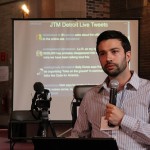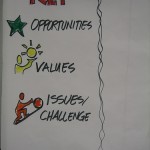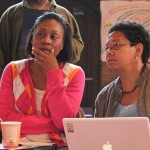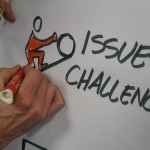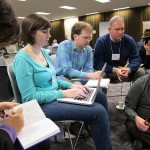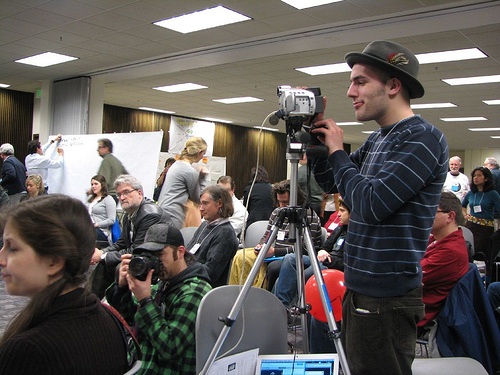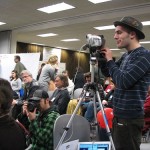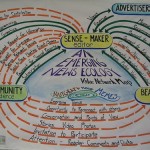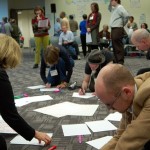Supporting healthy journalism
___________________________________________________
In the past, JTM’s primary service has been providing the opportunities for journalists and community members across the nation to meet and discover interconnected needs and potentials, supporting creative actions/projects that flow from those interactions.
However, JTM is experimental, network oriented, and fluid, responding to what shows up.
In the Pacific Northwest, JTM has formed the PNW Collaboratory – a collaboration/laboratory that is 1) developing a business plan, 2) actively seeking funding for its initiatives, 3) exploring microfinancing and entrepreneurial educational models to offer JTM members, and 4) creating new website with hosting capabilities that will convene a large cross-section of journalism and media oriented individuals, supplying freemium sites and custom web hosting services.
An exciting model for effecting positive transformational change in the media landscape anywhere in the nation, we hope the Collaboratory inspires people to jump in and use it as a template for getting something started wherever they might be.
Current Services of the JTM PNW Collaboratory
- Hosting news and information community forums, both face to face and online
- With a nationally recognized expertise in face-to-face engagement, the Collaboratory will serve its constituency with monthly opportunities to meet and discuss topics of interest.
- Convene existing journalism and community association leadership to grow opportunities for cross-organizational collaborations
- Convene initiative leaders quarterly to sustain momentum and find synergies among the efforts
- Host an online space for learning
- Provide journalism network website hosting for local projects and blogs
- Incubate initiatives that improve the PNW news and information ecosystem
- We begin with the ten initiatives already identified
- By attending to the needs of the community, nurture new ideas as they arise
- Be an information conduit for PNW news and information pioneers
- Through the revamped JTM website
- With support from the outreach coordinator
Anticipated services of the JTM Collaboratory
- Articulate a body of knowledge about the emerging news and information ecosystem
- Through its nine years of engaging the pioneers who are shaping the emerging news and information, JTM has gathered a treasure trove of information. We shall articulate the patterns contained in that work.
- Provide microfinance and other funding support for PNW news and information ventures
- With support from Washington CASH, we shall create a program for supporting PNW news and information
- We shall maintain a calendar of funding opportunities
- Provide communication technology consulting services for PNW-based news and information ventures
- Using the revamped JTM website as a base, use the power of open source tools, including WordPress and BuddyPress to serve emerging needs
- Utilize nationally recognized expertise in face-to-face engagement and group facilitation to serve emerging needs
- Support mentoring for news and information pioneers
- Provide a mechanism to assist self-organizing of those with needs and those with experiences to share
- Host workshops for news and information pioneers
- Partner with Poynter Institute, Reynolds Journalism Institute, the University of Washington or others to develop workshops based on the needs articulated by clients
- E.g., The Art of Engagement for Journalists
- Partner with Poynter Institute, Reynolds Journalism Institute, the University of Washington or others to develop workshops based on the needs articulated by clients
- Provide journalism network website hosting for regional and national media projects and blogs
- Fremium services for server and hosting
- Premium services for custom sites
